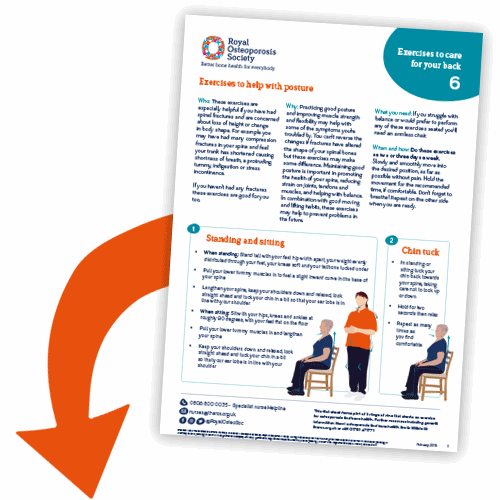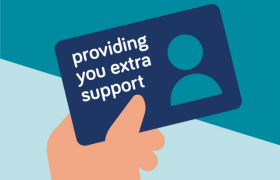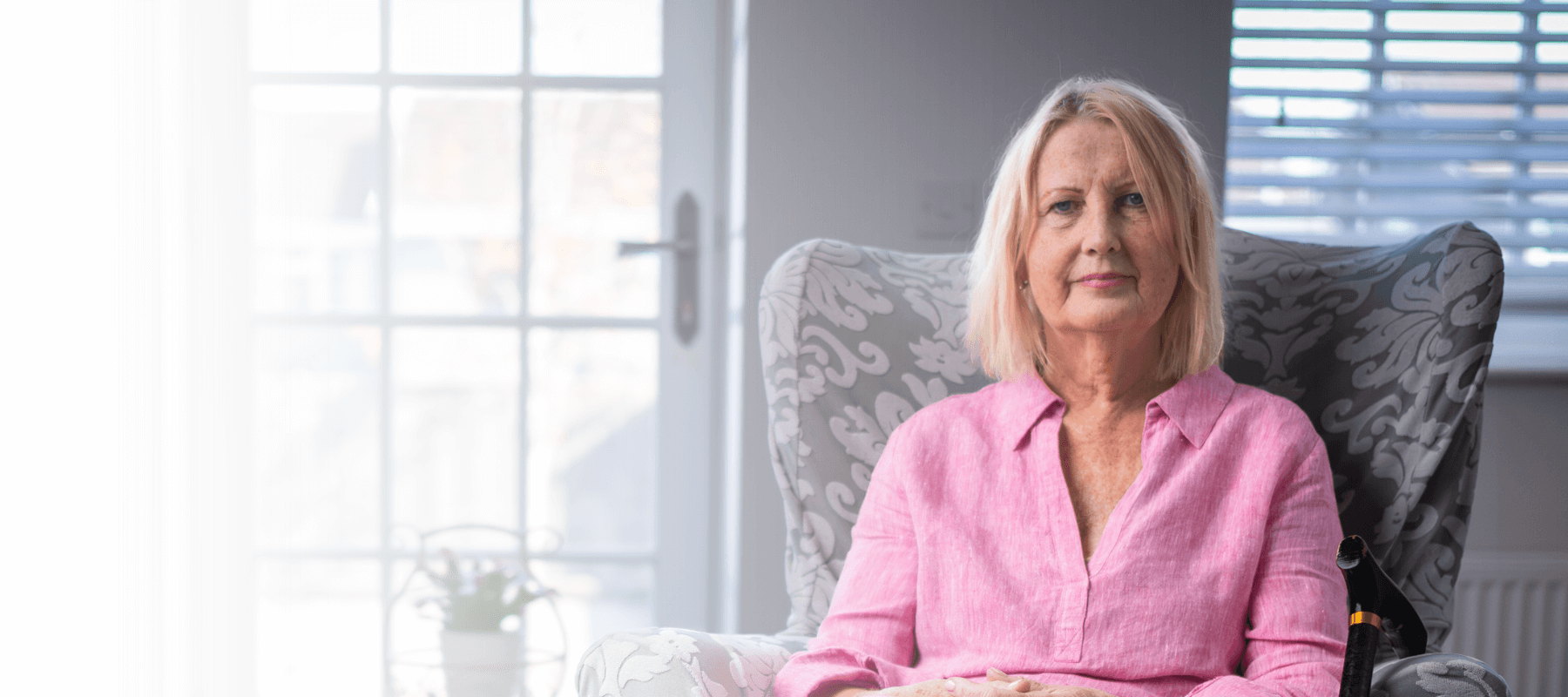
Exercises to help with posture
If fractures have altered the shape of your spine, you can’t reverse the changes. But certain exercises may make some difference.
Practising good posture and improving your muscle strength and flexibility may help with some of your symptoms. They are important for promoting the health of your spine, reducing strain on joints, tendons and muscles, and helping with balance.
As well as helping with symptoms, doing the right exercises may help to prevent further problems in the future.
To practise these exercises, follow the film or download the accompanying fact sheet, 'Exercises to help with posture'.

Download our fact sheet
Exercises to help with postureThese exercises are especially helpful if:
- you have had spinal fractures and are concerned about loss of height or problems such as shortness of breath, a protruding tummy, indigestion or stress incontinence (leaking urine).
They are also good if you haven’t had any fractures.
What you'll need
If you struggle with balance or would prefer to do the exercises sitting down, you’ll need an armless chair.
When and how
Do these exercises on two or three days a week.
Move into the positions slowly and smoothly, as far as possible without pain. Hold the movement for the recommended time, if comfortable. Don’t forget to breathe! Repeat on the other side when you are ready.
Before you start
If you are new to exercise or worried about other health problems, speak to your doctor, other healthcare professional, or an exercise instructor.
Warm up properly before exercising to get your joints and muscles ready and to prevent injury.
If you need some extra encouragement, read the information in our fact sheet, 'About exercise for osteoporosis and bone health'. This explains the different ways that exercise and physical activity help with bone health and osteoporosis. It can help you think about how the benefits apply to you, and how the different types of exercise can help your bone health.
After exercise
Do some further cool down moves to increase your flexibility and return your breathing and heart rate back to resting levels.
 Search
Search
 Login
Login


